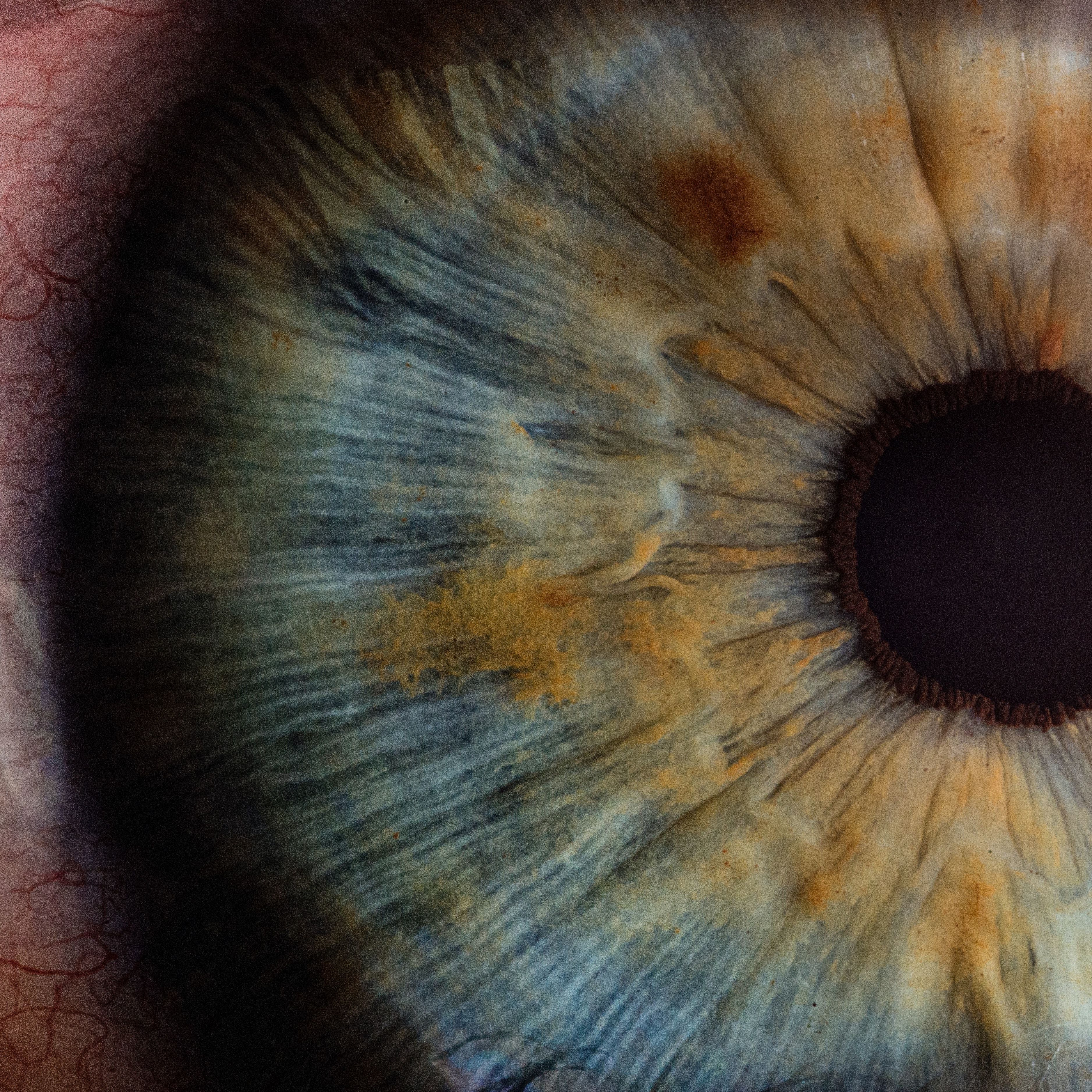Article
Visual Acuity Loss Risk Similar Between Eyes with DME Initially Treated vs Observed
Author(s):
However, initially observed eyes were found more at risk of developing moderate visual loss and more than 80% required treatment over 24 months.

New data suggest the risk of 5-letter visual acuity (VA) loss at 24 months was similar between eyes with clinically significant diabetic macular edema (DME) and good VA initially treated and eyes initially observed in routine clinical practice.
However, study investigators found initially observed eyes to have significantly greater loss of adjusted mean change in VA and more than 80% of these patients required treatment over the study period.
“These findings suggest that a delay in the initiation of treatment results in a requirement of more intensive treatment and monitoring to maintain good vision,” wrote study author Pierre-Henry Gabrielle, MD, MSc, Sydney Medical School, Discipline of Ophthalmology, Save Sight Institute, The University of Sydney. “The inconvenience of starting treatment early may thus be offset by reducing the long-term visit burden for both patients and physicians.”
Gabrielle and colleagues noted the lack of information regarding how to best treat eyes with DME and good vision. As such, the current study looked to compare visual outcomes in these eyes after initial treatment versus initial observation with treatment possible after the first 4 months in routine practice.
The study was a retrospective analysis of data from the Fight Retinal Blindness! Project. Treatment-naive eyes with clinically significant DME met the following inclusion criteria:
- edema within 500 μm of the center of the fovea
- >1 disc area of swelling with good VA (baseline VA ≥79 letters read on a log MAR chart or 20/25 Snellen equivalent)
- ≥24 months of follow-up
Investigators considered all eligible eyes with treatment-naive clinically significant DME and good vision at baseline from January 2010 - March 2018. Eligible eyes that received any intravitreal treatment, including vascular endothelial growth factor (VEGF) inhibitors, steroid implant, and.or macular laser photocoagulation at baseline were defined as “initially treated eyes.”
Then, initially observed eyes were defined as eligible eyes intuitively observed for at least 4 months, with no treatment received. The main outcome was the proportion of eyes with VA loss of ≥5 letters from baseline at 24 months, with secondary outcomes including the mean change in VA and CST from baseline and the proportion of eyes with VA ≥84 letters (Snellen equivalent of 20/20).
A total of 150 treatment-naive eyes with clinically significant DME were identified from 130 patients. The mean age was 60 years and 32% of patients were women.
Data show the percentage of eyes with ≥5-letter VA loss at 24 months between baseline and initial treatment was 65% versus 42% (odds ratio [OR], 1.6; P = .39). Moreover, eyes in the initial observation group were more likely to have a 10-letter and 15-letter VA loss at 24 months (OR = 4.6; P = .022 and OR = 18.5, P = .065, respectively).
Additionally, the proportion of eyes with VA ≥84 letters at 24 months was 29% with initial observation and 35% with initial treatment (OR = 0.8; P = .77). Investigators noted ≥1 intravitreal injection was given to 66% of eyes in the initial observation group over 24 months, while 20% received macular laser and 13% received both.
“Initiating treatment may be a better management option for good vision DME in the case of patients with weak adherence and compliance since it decreases the risk of visual loss and reduces the patient’s management burden from diabetes and associated comorbidities,” Gabrielle concluded.
The study, “Initial observation or treatment for diabetic macular oedema with good visual acuity: two-year outcomes comparison in routine clinical practice: data from the Fight Retinal Blindness! Registry,” was published in Acta Ophthalmologica.



